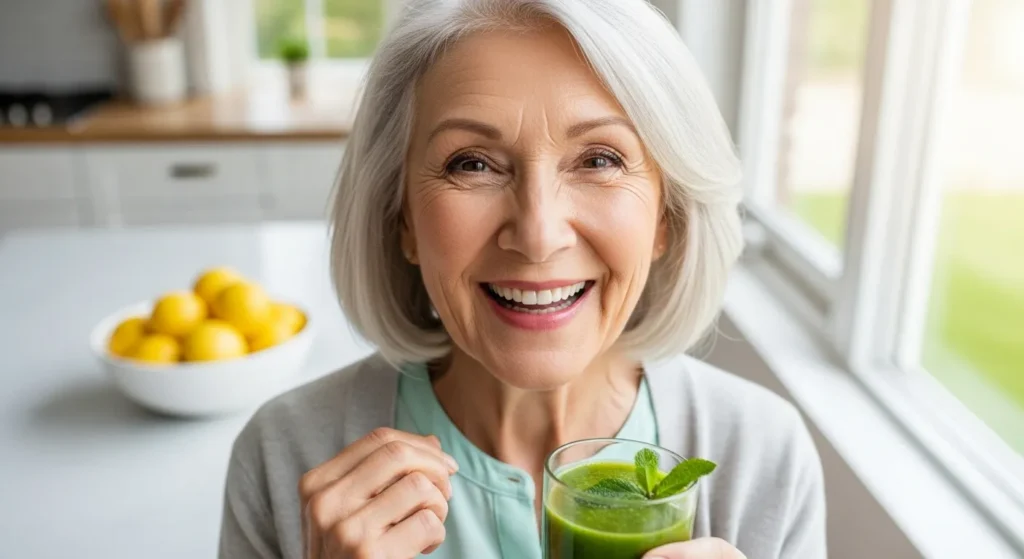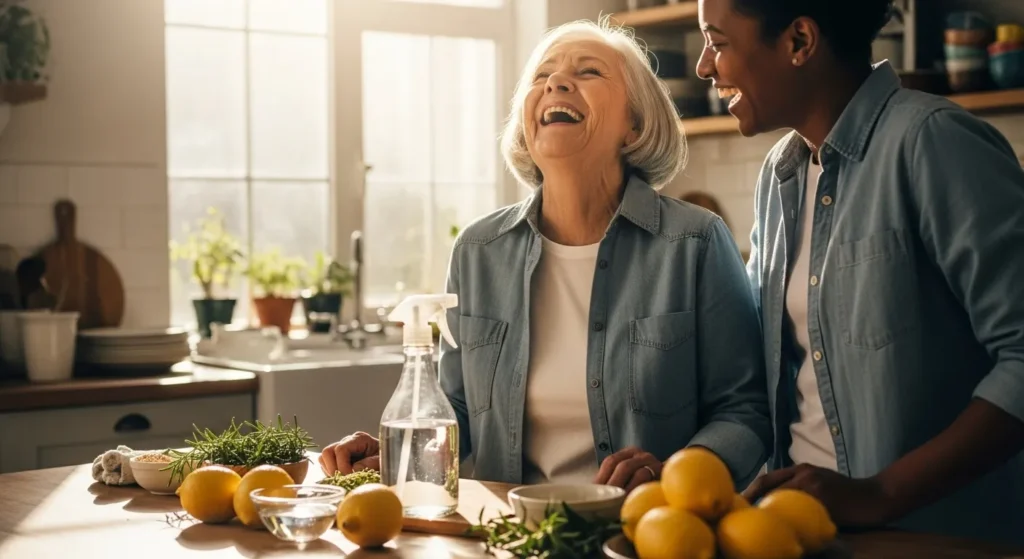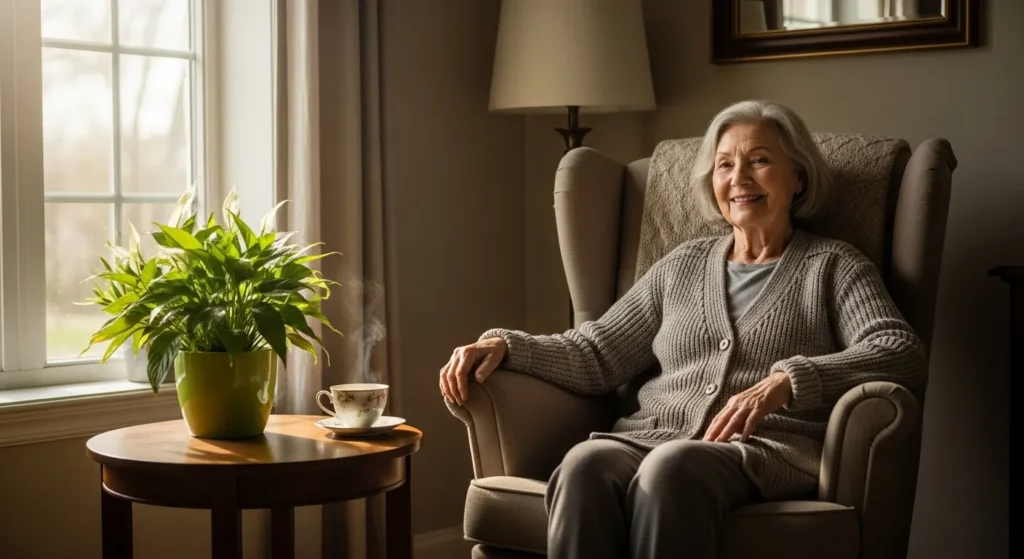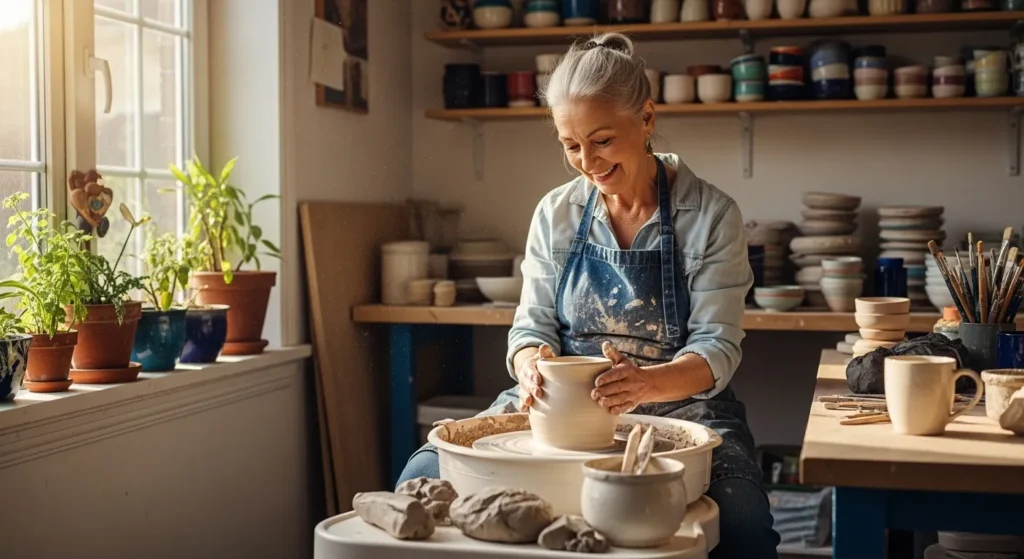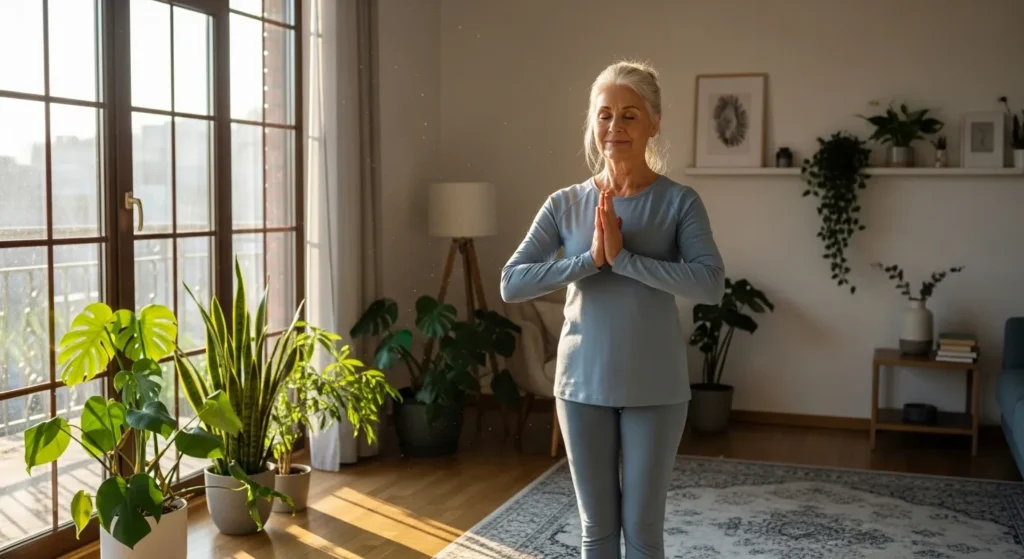
Frequently Asked Questions
Do I really need to throw out all these products?
No, absolutely not. The risk from any single product is very low. The goal is to gradually reduce your overall lifetime exposure. A great strategy is to simply replace items with safer alternatives as they run out or wear out. This approach is manageable, affordable, and stress-free.
Are “natural” or “organic” products always safer?
Not necessarily, as these terms are not always tightly regulated. However, products marketed this way often avoid the specific synthetic chemicals of concern, such as parabens, phthalates, and certain preservatives. Reading the ingredient list is still the best way to know what you’re buying.
Which lifestyle changes have the biggest impact on cancer risk?
The evidence is overwhelming and clear on this. The “big five” for cancer prevention are: not smoking, maintaining a healthy weight, staying physically active, eating a healthy diet (rich in plants, low in processed foods and red meat), and protecting yourself from the sun. Focusing your energy here will provide the greatest benefit to your long-term health.
Isn’t the government protecting us from these toxic household items?
Regulatory agencies like the EPA and FDA do set safety standards for chemicals in consumer goods. However, science is constantly evolving. A chemical once thought to be safe may be re-evaluated as new research emerges. This is why public health recommendations can change over time. Being an informed consumer helps you stay ahead of these changes.
Disclaimer: This article is for informational purposes only and does not constitute medical advice. Always seek the advice of your physician or other qualified health provider with any questions you may have regarding a medical condition.


